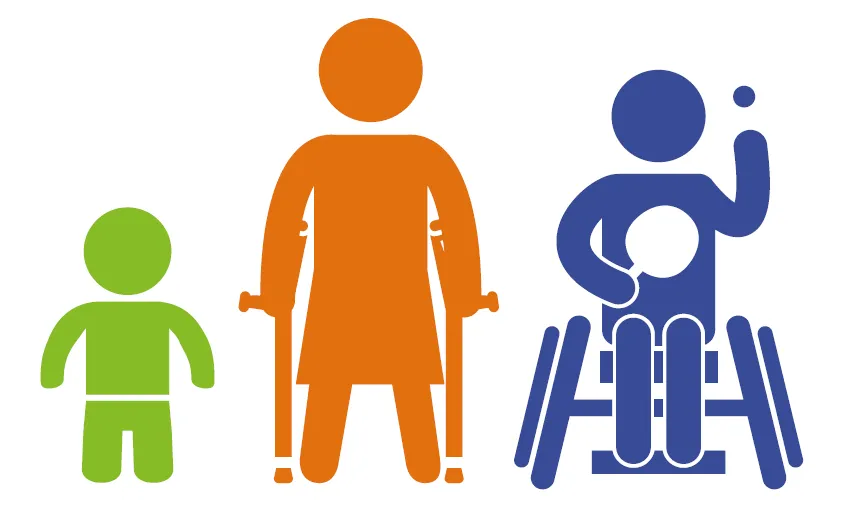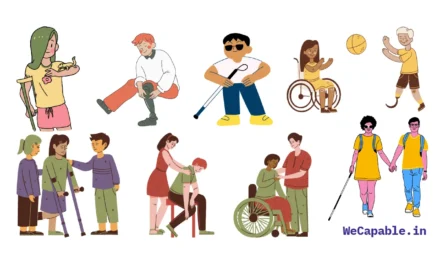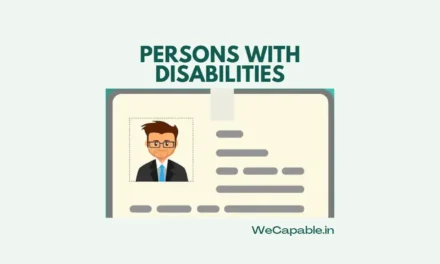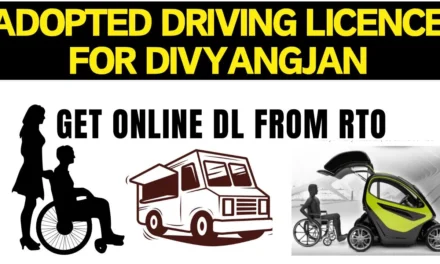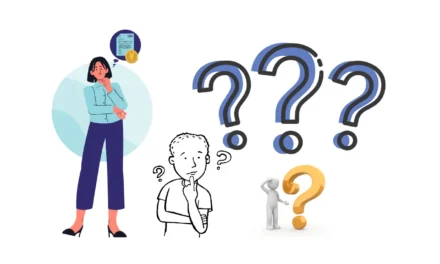Introduction
Persons with disabilities often face unique challenges when it comes to physical exercise. Many of these challenges are related to physical limitations, access to resources, and lack of motivation. Despite these challenges, physical exercise is an essential part of maintaining a healthy lifestyle for persons with disabilities. This article will discuss the importance of exercise for persons with disabilities, the benefits of exercise, and how to get started with physical exercise.
The Benefits of Physical Exercise for Persons with Disabilities
Physical activity has numerous benefits for persons with disabilities. Regular physical activity can help improve physical strength, flexibility, and balance. It can also help reduce the risk of chronic diseases such as heart disease, diabetes, and obesity. Additionally, exercise can help improve mental health by reducing stress, anxiety, and depression.
Physical exercise can also help improve social skills and self-esteem. It can provide an opportunity for persons with disabilities to interact with others and build relationships. Furthermore, exercise can help persons with disabilities become more independent and self-sufficient.
How to Get Started with Physical Exercise
Getting started with physical activity can be intimidating for persons with disabilities. However, there are several steps that can be taken to make the process easier.
- Consult a doctor: It is important to consult a doctor before beginning any physical exercise program. A doctor can provide advice on the types of exercises that are safe and appropriate for a person’s disability.
- Find an instructor: Finding an instructor who is knowledgeable about physical exercise for persons with disabilities can be beneficial. An instructor can provide guidance and support throughout the process.
- Start slowly: It is important to start slowly and gradually increase the intensity of the exercises. This will help prevent injury and ensure that the exercises are enjoyable.
- Set realistic goals: Setting realistic goals can help keep a person motivated and on track. It is important to set achievable goals that can be reached in a reasonable amount of time.
Tips for Making Physical Exercise More Accessible
- Find an activity that is suitable for your disability. There are many activities that can be adapted to fit the needs of persons with disabilities. For example, wheelchair basketball, adaptive yoga, and water aerobics are all activities that can be adapted for PwDs.
- Find a supportive environment. It is important to find an environment that is supportive and understanding of your disability. Look for a gym or fitness center that is equipped to accommodate persons with disabilities.
- Find a qualified instructor. It is important to find an instructor who is knowledgeable about physical exercise for persons with disabilities. A qualified instructor can help you find activities that are suitable for your disability and provide guidance on how to safely perform the exercises.
- Set realistic goals. It is important to set realistic goals that are achievable for your disability. Don’t be discouraged if you don’t reach your goals right away. Focus on making small improvements over time.
Conclusion
Physical exercise is an essential part of maintaining a healthy lifestyle for persons with disabilities. It can help improve physical strength, flexibility, and balance. It can also help reduce the risk of chronic diseases and improve mental health. Additionally, physical exercise can help improve social skills and self-esteem. To get started with physical exercise, it is important to consult a doctor, find an instructor, start slowly, and set realistic goals. With the right guidance and support, persons with disabilities can reap the many benefits of physical exercise.

